
I’ve had access to the Leica SL now for eight months and I confess I haven’t bonded as well as I had hoped. The body is bigger than you expect, heavier than you expect. And the 24-90, although magnificently competent, is definitely portly. At just under 2kg, this rig is everything I thought I was leaving behind when I sold my last DSLR collection some eight years ago.
On many occasions I’ve resolved to take out the SL on the following day only to bottle out when I picked up the bag in the morning. Sometimes, I confess, I’ve chosen the Panasonic GX8 with an Olympus 12-40 zoom for a similar focal range at a fraction of the weight. Of course, there is no real comparison, it’s just that the m43 rig is so much easier on the muscles. But if you want the gain of the SL I suppose you have to put up with the pain.
For me, the SL has been a special-event type of camera, not something I would carry around day to day. I have never wished to take it abroad, again because of the size and bulk.
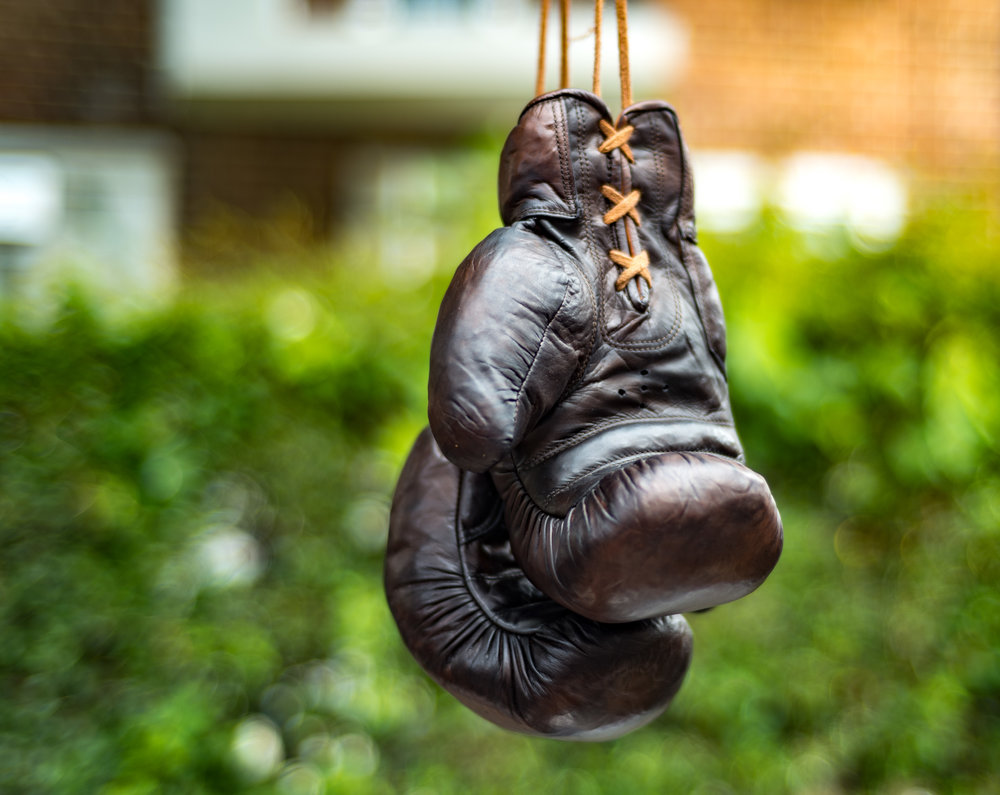
Recently, though, I have been influenced by many friends and even more commentators who are singing the praises of he SL. They absolutely adore this camera. One man whose views I respect, Patrick Leong of Finding Range, has just taken delivery of his new SL and 24-90 Vario-Elmarit after briefly entertaining medium format in the shape the the Hasselblad X1D and the Fujifilm GFX. In the end, he decided the SL offered what he needs in the right package and at an acceptable price.
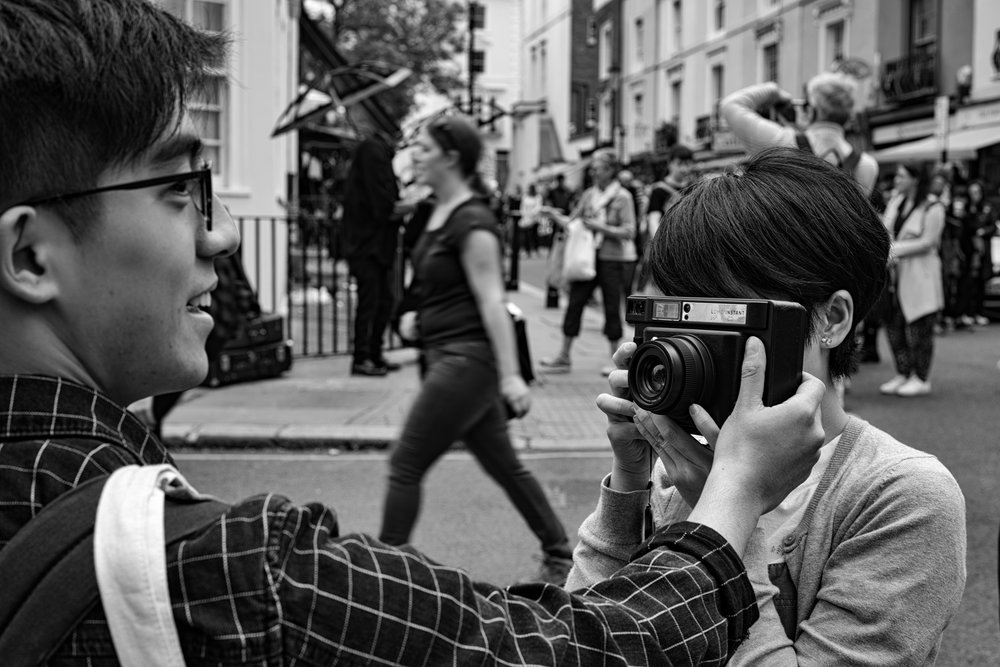
I have never doubted that the SL is a great camera. I love the ergonomics, I enjoy the render of the initial system lenses; and the 24-90mm range is definitely my ideal wide-angle-to-portrait tool. I also adore that massive 4.4 million pixel viewfinder which puts even DSLRs into the shade. This is mirrorless camera done well.

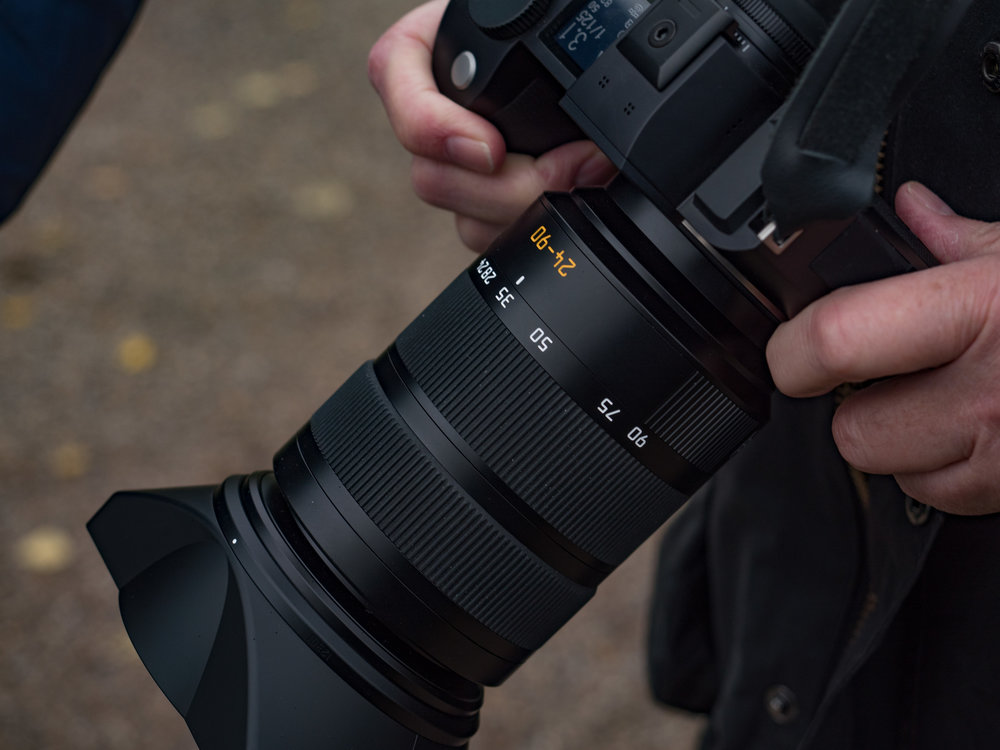
Solid build
I also acknowledge that the SL is the most solidly build camera I have had the pleasure of using. It is a dense mass, perfectly crafted and diligently weatherproofed with some of the fattest seals I’ve encountered. I approve of the new control layout, with the four big buttons and a joystick; nary a sign of a fiddly D-Pad. The Leica S-style control display on the top plate is a thoughtful and useful touch. Owners with big digits, even gloved ones, and fading eyesight just love the SL. There’s nothing much to dislike about this camera — except that weight and bulk.

When I was first invited to view the new SL I had a Sony A7 in my hands. On paper, the A7 is a direct competitor. Indeed, it remains the only other full-frame mirrorless system camera and, while build quality is in a somewhat lesser league to that of the Leica, it is much smaller and quite a bit cheaper. Leica will always attract a premium so we can sideline that aspect; overall lifetime cost is likely to be little different because the SL will always retain more value. But size and weight does matter when you have the Billingham slung across your shoulder. The Sony is a relative pygmy in bulk and, at 474g for the body, is over 370g lighter than the SL.
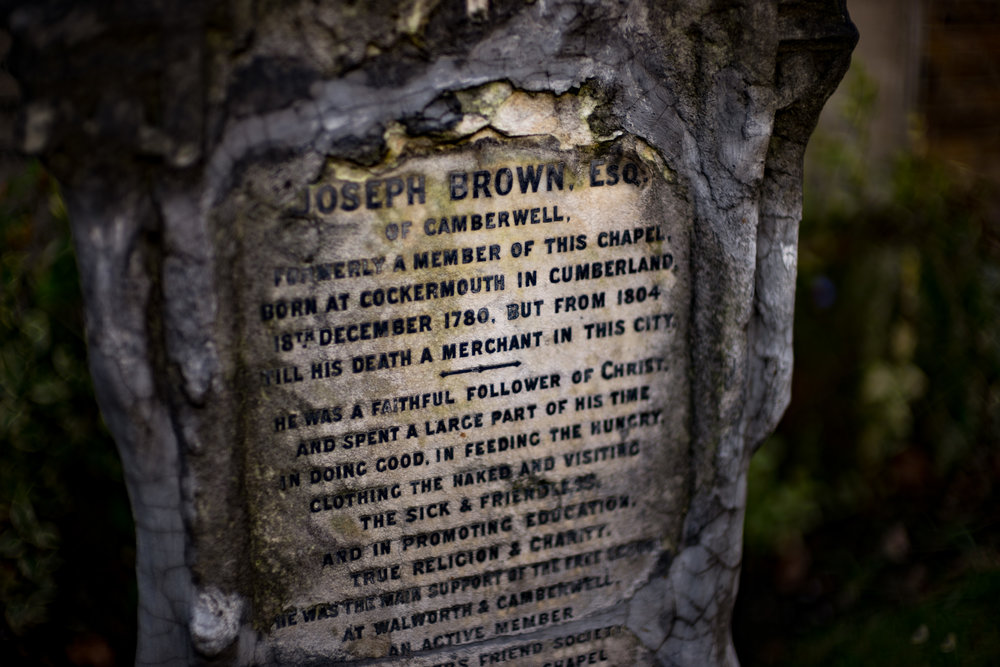
Yet that isn’t the whole story. You have to take lenses into account. The Leica 24-90 Vario-Elmarit-SL weighs 1140g, quite the lump. The nearest Sony equivalent, the new 24-70 f/2.8 GM zoom is lighter at 886g. So pair the two cameras with their (nearly equivalent) pro zooms to form a realistic comparison and the Sony rig tips the scale at a bantamweight 1360g compared with the SL’s 1987g. In fairness, the 24-90 Vario-Elmar is slightly slower (f/2.8-f/4) compared with the Vario-Tessar’s constant f/2.8 but it has a longer reach at 90mm to the GM’s 70mm. The Vario-Elmarit has more glass and that’s a big factor. For me, though, that extra 20mm at the long end is more important than the wider maximum aperture.
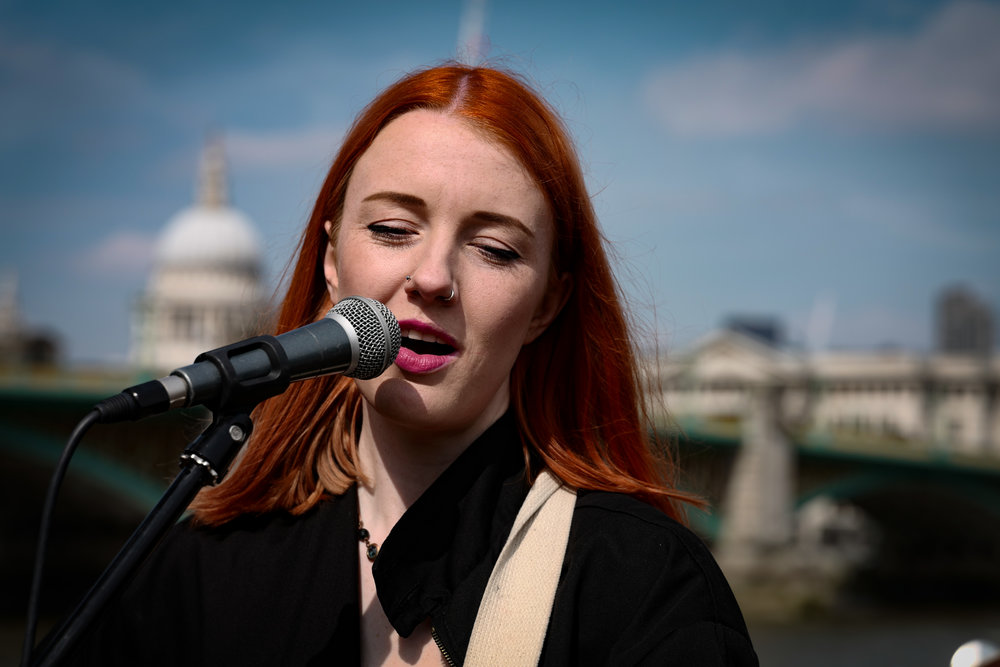
Dilemma
Herein, however, lies the dilemma. With such bulky and heavy lenses you need a substantial camera to balance the outfit. The SL and 24-90 is extremely well poised and fits snugly in the hand. The Sony, with an inferior grip and a much smaller body, can feel very lens heavy. And the controls on the Sony are undoubtedly more fiddlesome and complex. There’s actually a good case for the size and weight of the SL when you consider the need for it to support such substantial pro-quality optics and for it to be easily handleable in challenging situations.
If you want the best, and that means solidly built professional cameras and lenses with terrific optical performance, you have to tone up those muscles and accept the inevitable. If I were 20 years younger I would have absolutely no doubts about the SL.
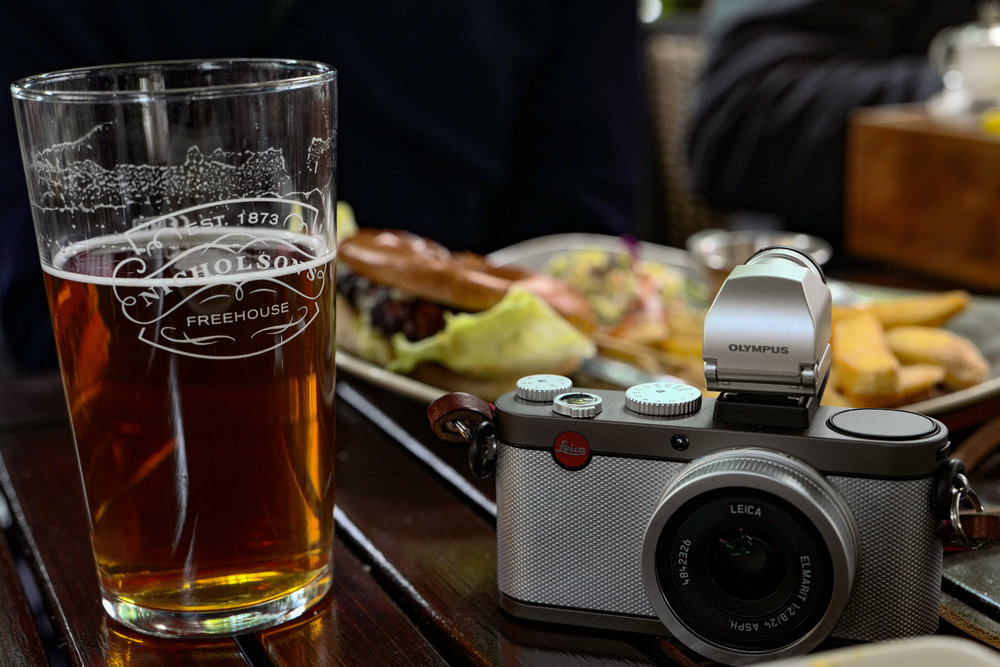
Wait a minute, though. Most of my friends and acquaintances who have bought the SL are treating it as an M240 replacement, not as an autofocus camera. A good few of them haven’t even bought a native SL lens and have settled down very comfortably with the SL, a 70g M adapter and their existing stable of M-mount lenses.
Looked at this way, the SL makes a great deal of sense as an M alternative, particularly when you bear in mind that an autofocus lens or two can be added in the future if the fancy takes you. One of two of my friends complain that their ageing eyesight makes it difficult to get the best out of a rangefinder — this isn’t something I have noticed so far, but watch this space — and find the SL much easier to focus manually.
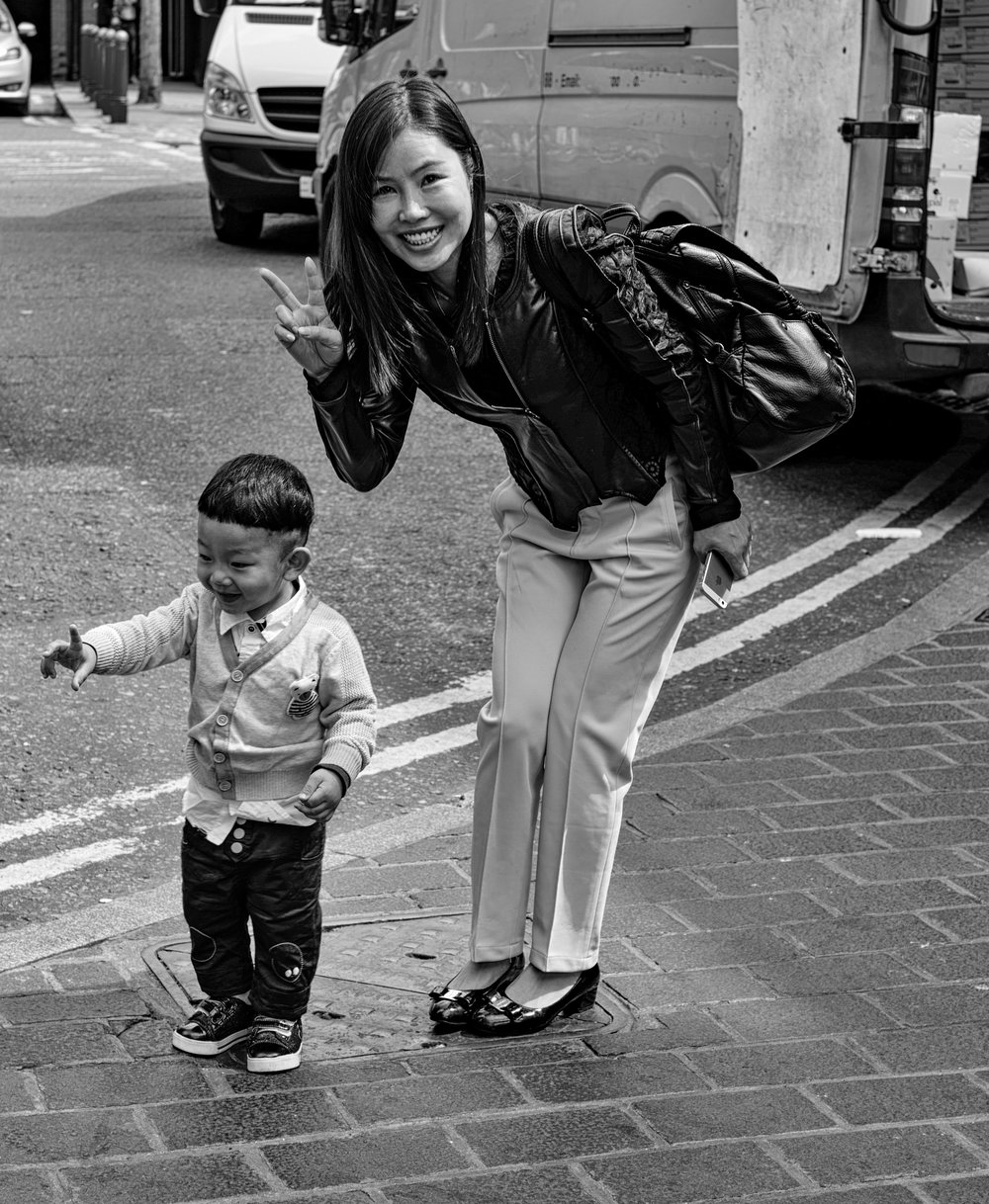
I agree that a superb EVF such as this can help, particularly when working with fast apertures or in poor light. Some months ago I tried out the SL with the 50mm f/0.95 Noctilux and was extremely impressed. I can confirm that the SL succeeds in taming this lens which is notoriously difficult to focus wide open with the rangefinder. And, after all, such use is the raison d’être of the Noctilux. If you are not going to shoot ultra-fast you are better off saving on size and weight (not to mention cost) and opting for a Summilux or, even, the superb 50mm Apo-Summicron-M.
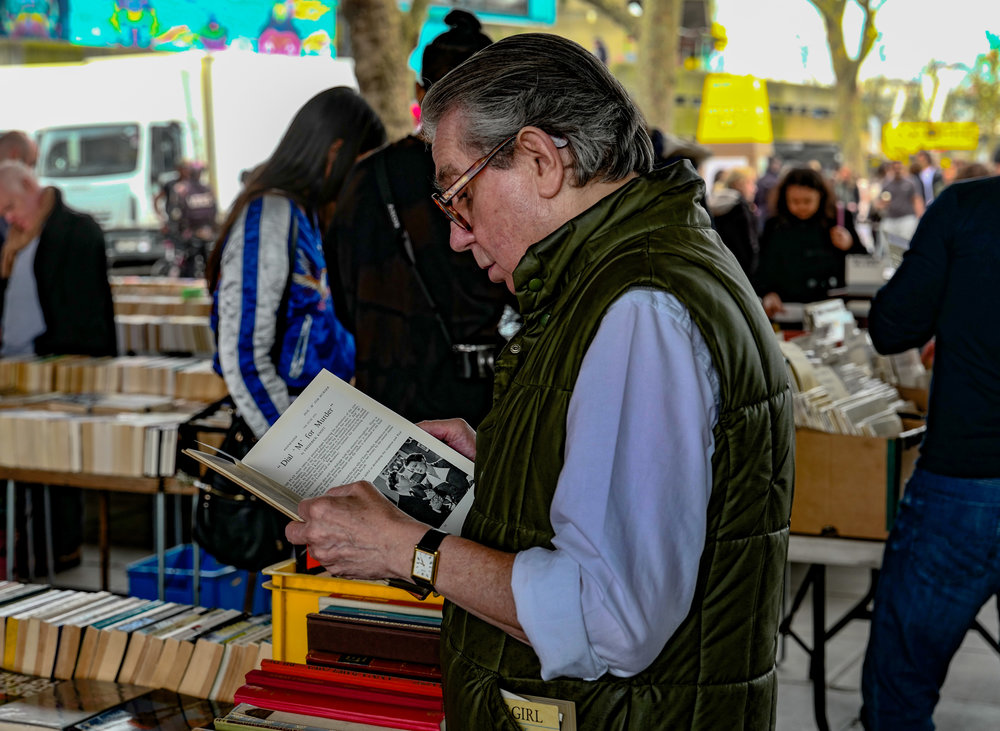
M-lens champion
Currently a relatively light M lens, the 35mm Summicron, is mounted on the SL. The total weight, including the M adaptor, comes to 1182g, still hardly a lightweight outfit, however competent. An M240 with the same lens is over 200g lighter. To be fair, though, we ought to include the M’s standard grip and the VF2 electronic viewfinder to even up the score. The SL is, after all, a more substantial and steady-as-she-goes camera; the built-in electronic viewfinder and comfortable grip are indeed an bonus. Adding these two accessories to the M+35 Cron rig brings the weight up to 1130g, only 50g lighter than the adapter-equipped SL. In the end, there’s not that much in it. Undeniably, though, the SL rig is more bulky, even with such a small lens.
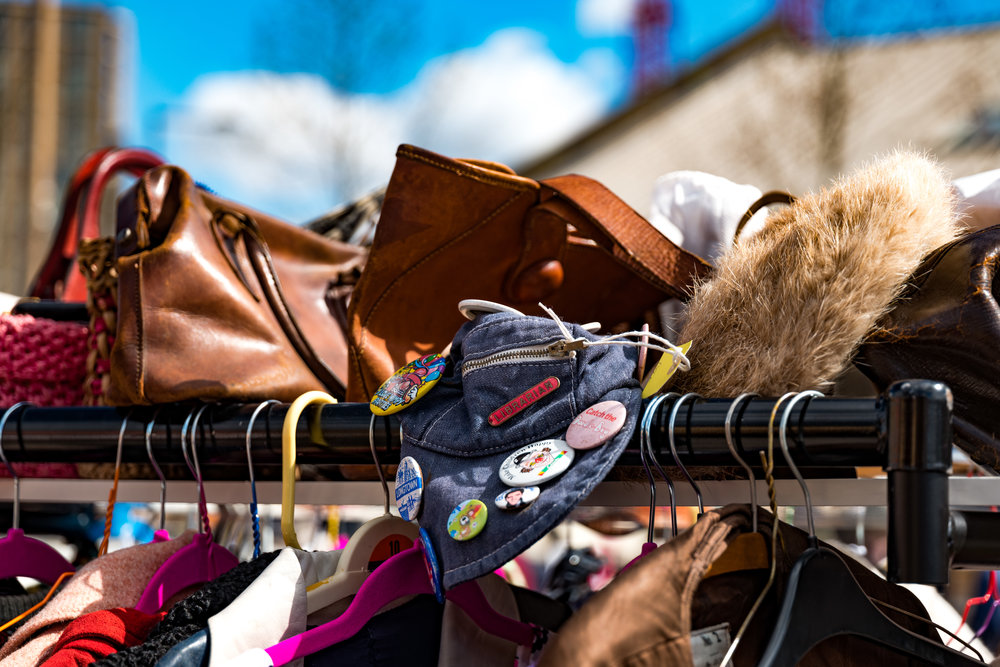
In use, the extra bulk and weight is largely forgotten. The substantial grip built in to the SL makes a whole world of difference, even with a tiny lens such as the Summicron. I find the control system simpler than that of the M and the viewfinder is truly magnificent. What you lose in the nostalgic rangefinder experience you more than make up in the sheer delight of that cinemascopic 4.4MP finder screen with its absence of discernible lag and superb definition.
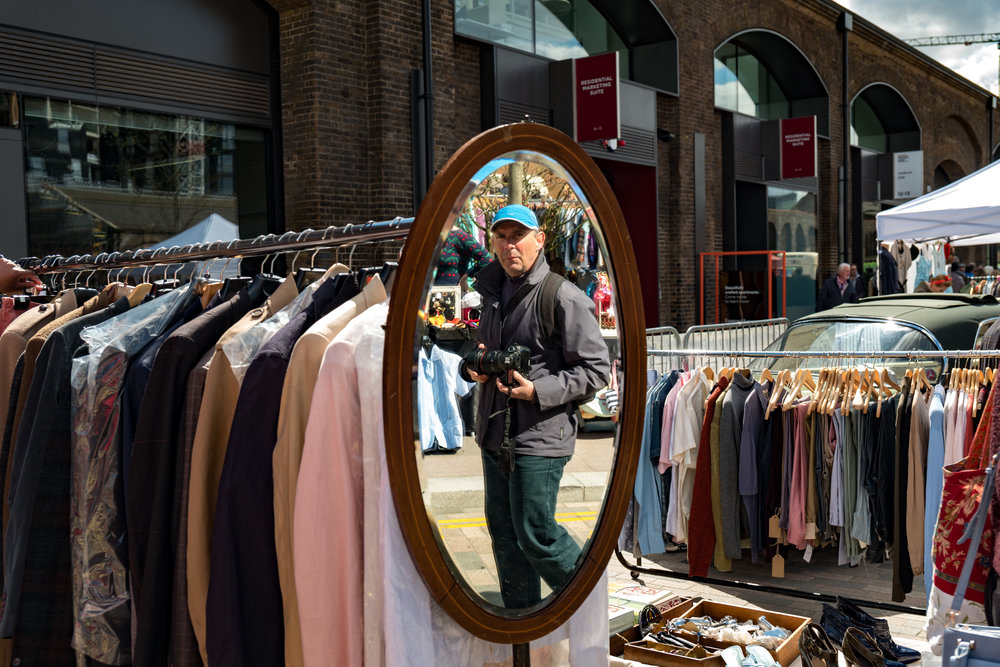
One small aspect of the design I don’t warm to are the slot-style strap mounts, similar to those used on DSLRs and Leica S series. I can see why this is done, to support the potential weight of the outfit, but I’m used to being able to swap neck straps and wrist straps frequently. Currently my SL is wearing one of the excellent TieHerUp Rock n’ Roll braided neck straps but there are occasions, particularly when using lighter M lenses, when I would prefer a wrist strap.

Bonding
During the next few months until the new M rangefinder arrives, I intend to use the SL as my primary mount for M lenses. It has the sensor that will appear in the new M, and which it shares with the Leica Q, and it has the later Maestro II processor of the Q — another technical advance that will come to the M. The results will provide a useful comparison for the new M when it finally hits the shelves, probably next spring.
Above: Crop examples using the Leica 35mm Summilux-M on the Leica S
Many owners claim that the SL is just better all round than the good old-fashioned rangefinder. It is certainly more versatile, working with a vast range of lenses, including the much-prized R optics, without the need for external viewfinders. It also offers superb-quality zoom lenses and accurate, superfast autofocus — something that the rangefinder can never provide.
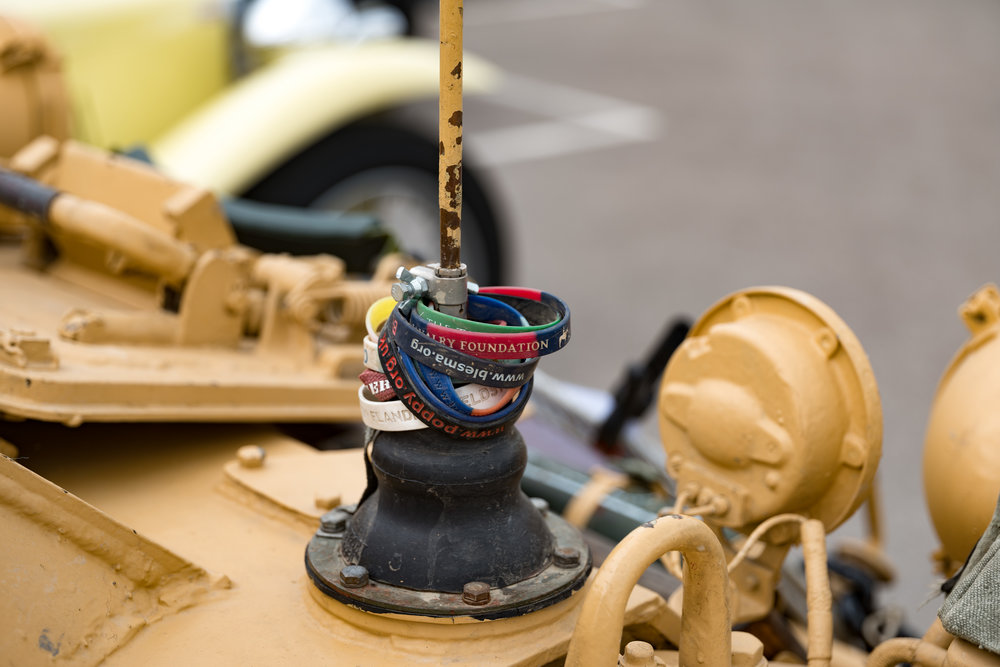
The SL is a grown-up mirrorless camera with top-notch video (if you desire) and it has given Leica a true world-class competitor to higher-end offerings from Nikon and Canon. It’s also provided with Leica more freedom to fret less about the electronic credentials of the M. When the M240 was designed in 2011 the factory was committed to adding more features in order to compete with the professional DSLRs and upstarts such as the Fuji X-series. That’s probably the only reason the M240 does video. Now, with the SL as a successful product in its own right, Leica can afford to take the M back a few notches to the more traditional approach which has long been demanded by rangefinder aficionados.
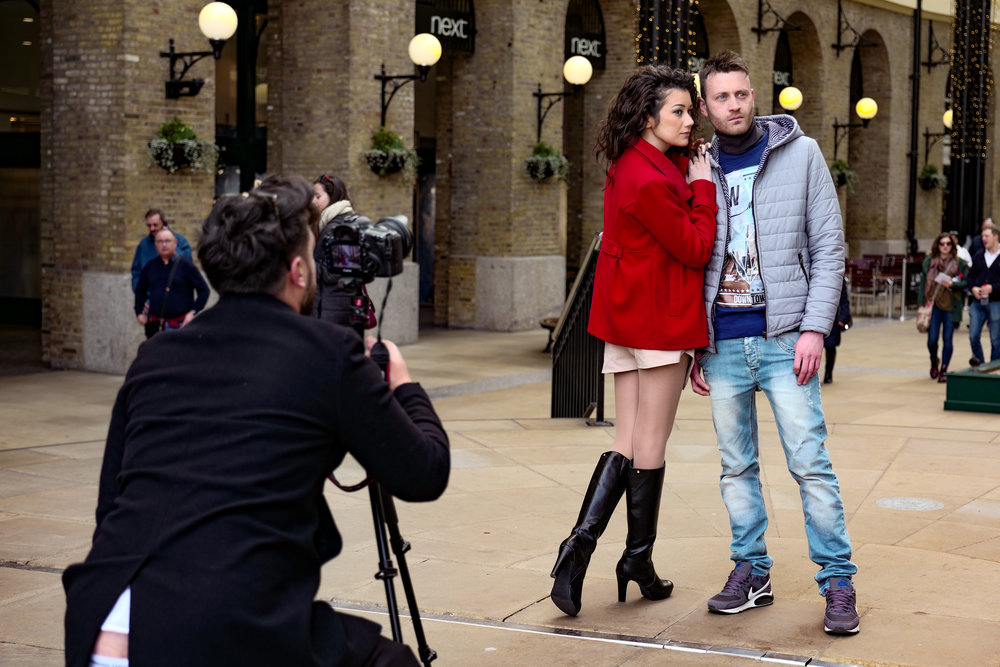
The rangefinder, certainly, is not under threat from the SL. Far from it. The M system still has its place and offers a lighter and smaller tool that, for many types of photography, works extremely well. Just because the technology is over 80 years old doesn’t mean it has no merit in 2016. Despite being able to play with more modern fare, including the SL and the latest all-bells-and-whistles m43 cameras, when I pick up an M rangefinder I feel I am coming home. There really is nothing to compare with the experience.
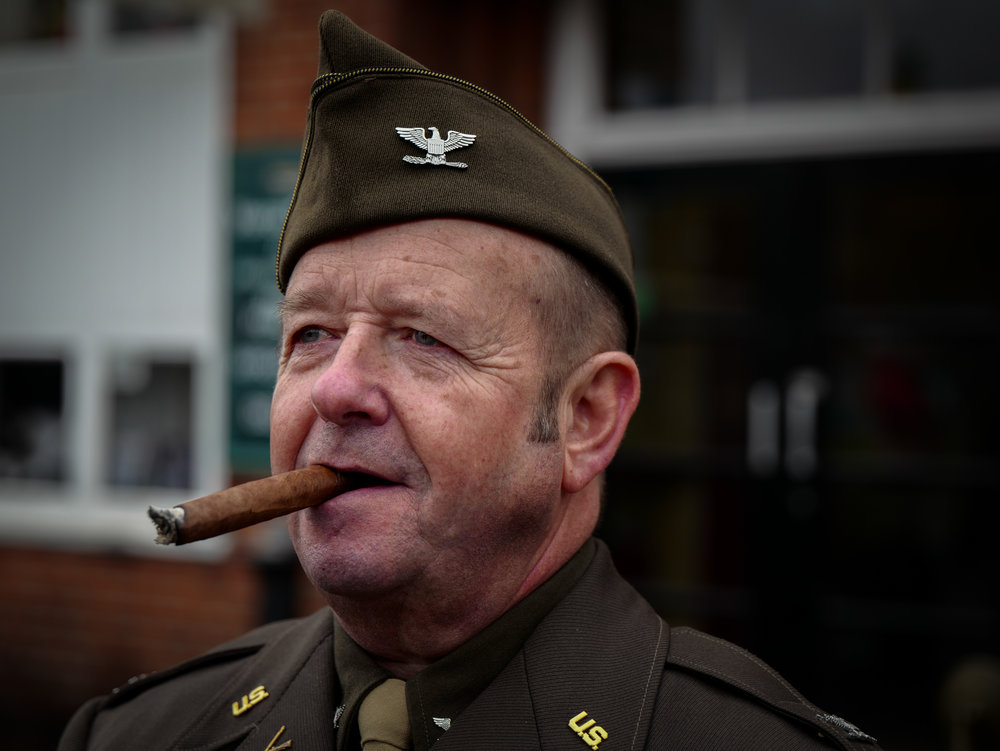
The next three months will be interesting. I shall be comparing my various rangefinders, including the newly acquired first-generation Monochrom and even my Leica film cameras, with this latest mirrorless marvel. I have no doubts about the superb results to be expected from the SL. But will I finally bond with Leica’s amply proportioned mirrorless wonder?
_______________
- Subscribe to Macfilos for free updates on articles as they are published. Read more here
- Want to make a comment on this article but having problems? Please read this

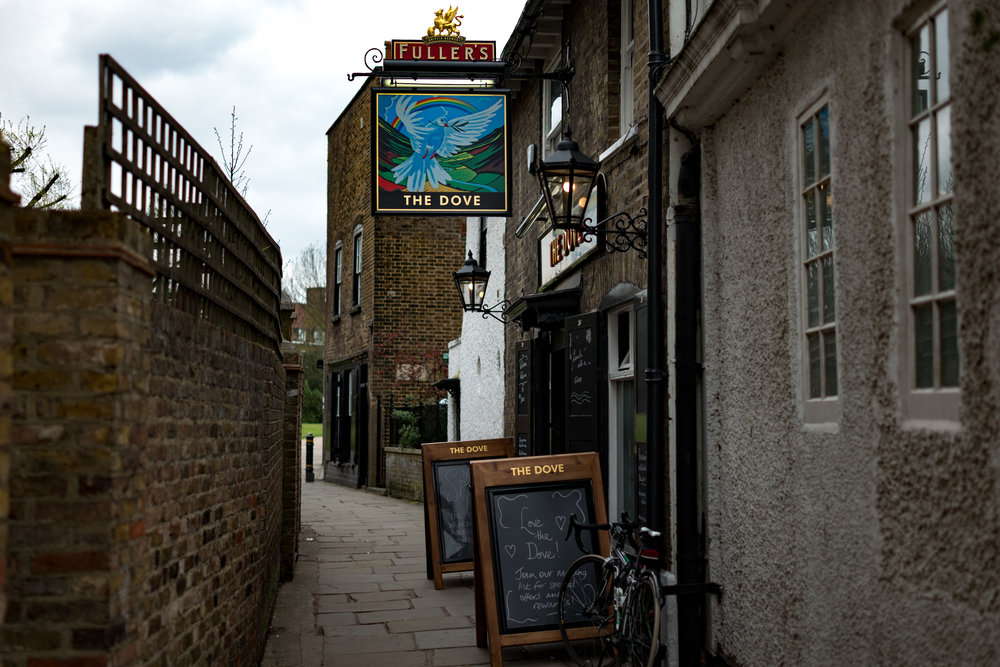


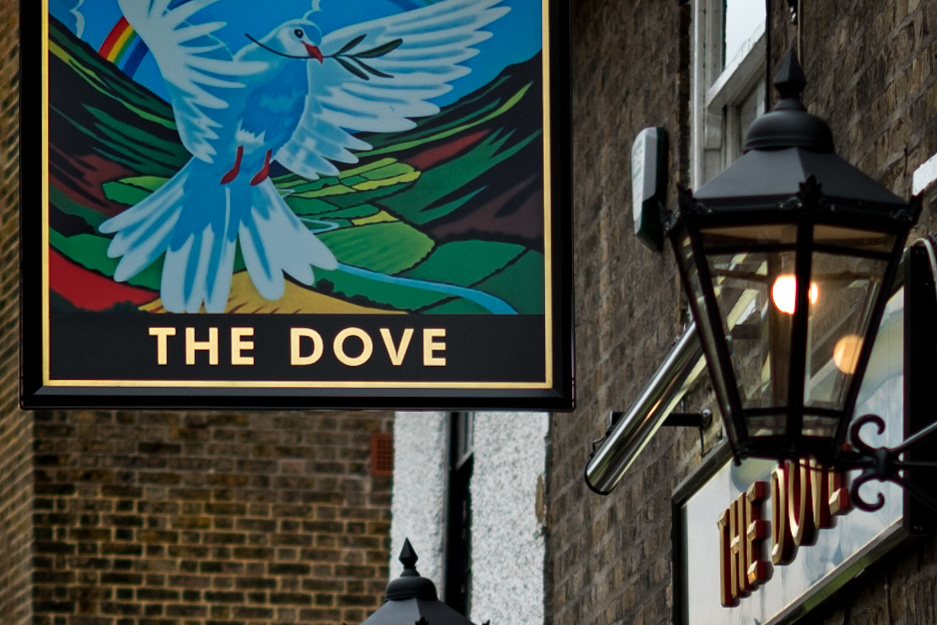
I am looking for a camera that can be handled while wearing very bulky gloves. It is for up close in cabinet electrical photography while wearing an arc flash suit. That is a suit equivalent to firefighter bunker gear, and bomb suit combined and hockey gloves. The most important feature would be large buttons and simple controls period. The Leica SL seems like an option. What about ease of focus lens. What other methods might be workable in your opinion.
A separate EVF will do if it is good enough.
William
The Visoflex, as used on the T(L) is a very competent viewfinder, much better than the old VF-2 of the M240 but not up to the standards set by the EVFs in the Q and the SL. It also includes a GPS module, as I remember, so it could be this will be a feature of the new M. It is a bit big and rather ugly but perhaps not as offensive as your old Visoflex!
EVFs are the present and the future. Anyone reading my comments will be using an electronic screen. Anyone using a digital camera is using an electronic medium to make images, so using an EVF seems to be a natural part of the process. Much as I love OVFs, and I have over 30 cameras with that feature, EVFs have some advantages including focus peaking which can be easier to use than RF for older eyes, an approximation of exposure and the ability to use older lenses, eg the other day I used the EVF on the M240 to shoot with an uncoupled early 135mm Elmar lens from 1931, using the TTL focusing. The 35mm f2.8 Summaron above, of which I have 3 different versions, looks splendid on the SL but when using this lens I would prefer to use it on its native home, an M model using the RF.
I am not sure why Leica decided to use a large ‘SLR like’ camera with equally large lenses for its first EVF only interchangeable lens camera. EVF models can be much smaller eg the Q. Let us hope that when Leica launches the next M model (next month?) that as well as the usual wonderful OVF, they include an EVF solution for those of use that want a camera of a reasonable size with an EVF when required.
William
No chance of an "EVF solution" on the new M, I’m afraid. It will have an accessory finder, almost certainly the Visoflex which was introduced with the T (now TL). It will please you by being thinner — the latest rumours point to an M7-size camera — and will not feature video. Instead we will get a revamped operating system with fewer but larger back buttons. I am hoping for a set up similar to that on the SL. I am actually quite excited about the new M; I feel that the current M240 represents the "fat point" of M digitals and they should start to get smaller from now on.
I think Mike you should reach out to a Norwegian photog Nils Thune who used to use m9p now Leica q and sl , see how he feels and how he marries the two!
I agree with this summary, but I’m staying with the SL – and not just because it has been a ruinous journey for me! After decades with Nikons, culminating in a D810, I finally switched on grounds of weight to A7Rs and got some lovely results at half the weight, but the menus and fiddly controls (and to a lesser extent the short range of the 24-70) drove me nuts and after a foolishly liquid lunch I found myself fingering an SL. The rest I’m afraid is now history. I sold everything I had – studio lighting, A7Rs (you need two cameras for weddings), backgrounds, accessories and even my own soul. I got the SL and both zooms (I hate switching lenses) and, well…ouch.
As it happens I am a fairly fit 77, 6′ tall and weigh 72kg, so I’m not built like a tank, and I admit the weight of the SL outfit is a big factor. Nevertheless properly distributed it works for me. I can manage 5 miles with the kit in the enormously comfortable Lowe Pro S and F AW (no longer made I think) which has cushioned wide shoulder straps and if I leave the 90-280 behind a Cooper 13 DSLR bag carefully adjusted also does it for me.
The weight simply requires a bit of forethought. I covered a private event at Wembley Stadium recently and after four hours with the SL + 24-90 + SF 64 I was on the point of collapse – but this was my own stupid fault for not bringing a monopod. (Not a mistake I shall repeat!).
For work abroad I have taken it all in a Think Tank Airport Advantage roller case and it all comes comfortably within Ryanair’s size and 10.5Kg weight restrictions.
In exchange, so to speak, for the weight I have superb results, both for video and stills. The engineering is also simply superb, as Mike Evans reports. It is a real pleasure to use. And as I get older I know I can default to M lenses and cut back the weight…
http://www.johnbattenphotography.co.uk
Thanks, John. There’s a lot of useful Information in this and I’m grateful for your adding to the discussion. I can’t fault your logic. Perhaps I will bond more with the SL after all.
If only the new(ish) Leica TL sported a built in EVF…
Can anyone disagree with this? Oh, and I’d add an SL-style control system. And why don’t we go for a complete redesign — Q-style body with built-in viewfinder, SL controls and menu system. I would be first in line….
Sounds like a M redesign to me. 😉